Pesto Recipe without Nuts Easy and Flavorful Dish
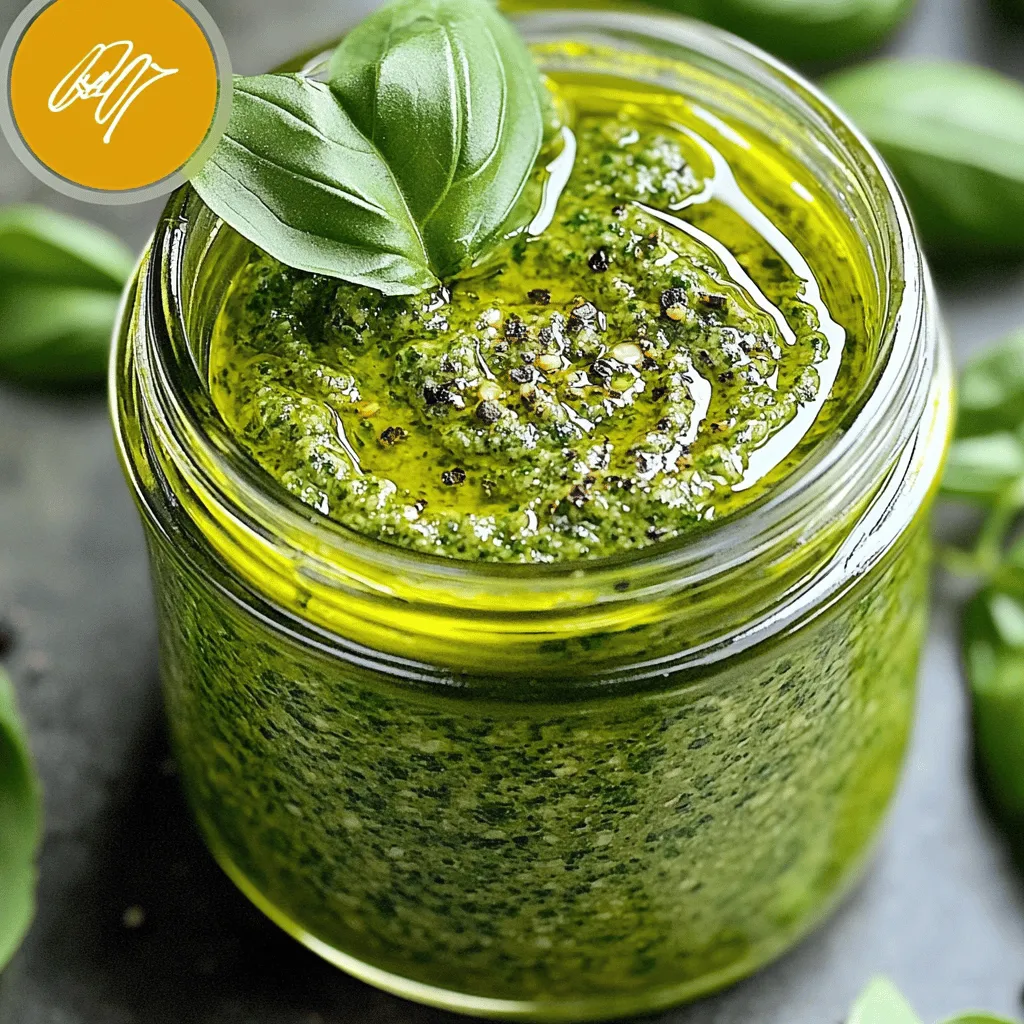
Are you craving a rich, tasty sauce but worry about nuts? You’ve come to the right place! This easy pesto recipe without nuts will impress your taste buds. I’ll share a simple method and all the tasty ingredients you need. Plus, I’ll give you fun tips to jazz it up. Say goodbye to boring meals; let’s make pesto that everyone can enjoy!
Ingredients
List of Ingredients
To make this nut-free pesto, gather these simple items:
– 2 cups fresh basil leaves, tightly packed
– 1/2 cup grated Pecorino cheese (or an alternative hard cheese of your choice)
– 1/4 cup nutritional yeast
– 2 garlic cloves, finely minced
– 1/4 cup freshly squeezed lemon juice
– 1/2 cup high-quality extra virgin olive oil
– Sea salt and freshly cracked black pepper, to taste
Alternative Ingredients for Flavor
You can switch things up with these options:
– Swap Pecorino for Parmesan cheese for a milder taste.
– Use sunflower seeds or pumpkin seeds if you want a nut-like flavor.
– Try parsley or arugula instead of basil for a different twist.
– Add a pinch of red pepper flakes for some heat.
– Use lime juice instead of lemon for a zingy change.
Nutritional Information
This nut-free pesto is not just tasty, but also good for you. Here are some quick facts:
– Calories: About 150 per serving
– Protein: 4g
– Fat: 12g (mostly healthy fats from olive oil)
– Carbohydrates: 6g
– Fiber: 1g
– Vitamins: Rich in vitamins A and K from the basil
This pesto recipe is easy to make and full of flavor.
Step-by-Step Instructions
Preparing the Ingredients
Start by gathering your ingredients. You will need fresh basil leaves, grated Pecorino cheese, nutritional yeast, garlic, lemon juice, and extra virgin olive oil. Measure out 2 cups of basil, 1/2 cup of cheese, and 1/4 cup of nutritional yeast. Peel two garlic cloves and mince them finely. Squeeze fresh lemon juice until you have 1/4 cup.
Blending Process
Place the basil, cheese, nutritional yeast, and minced garlic into a food processor. Pulse the mixture a few times. Stop to scrape down the sides for even mixing. Next, with the processor on, slowly drizzle in the olive oil. Keep blending until the pesto is smooth and creamy.
Final Adjustments and Serving Suggestions
Pour in the lemon juice and add salt and pepper to taste. Pulse again to blend. Taste your pesto and adjust as needed. If it feels thick, add more olive oil. Transfer the pesto to an airtight container. To keep it fresh, press plastic wrap on the top before sealing. Store it in the fridge and use it within a week. Serve it over pasta or as a dip for veggies. Enjoy the bright flavors!
Tips & Tricks
How to Achieve the Perfect Texture
To get the right texture for your pesto, start by using a food processor. I like to pulse the basil, cheese, nutritional yeast, and garlic until they are finely chopped. This step helps blend the flavors well. Remember to scrape down the sides of the bowl often. When you add olive oil, pour it in slowly. This helps create a smooth, creamy pesto. If it feels too thick, just add a little more olive oil.
Flavor Enhancements Without Nuts
Flavor is key, even without nuts. I recommend using grated Pecorino cheese for a rich taste. Nutritional yeast adds a cheesy flavor too. You can also try a splash of lemon juice for brightness. Fresh herbs like parsley or arugula can boost the flavor as well. If you’re feeling adventurous, add a pinch of red pepper flakes for heat.
Common Mistakes to Avoid
One common mistake is over-processing the ingredients. You want to keep some texture in your pesto. Another pitfall is not tasting as you go. Adjust the salt and lemon juice to your liking for the best flavor. Lastly, don’t forget to store it properly. Press plastic wrap onto the surface to keep it fresh and colorful.
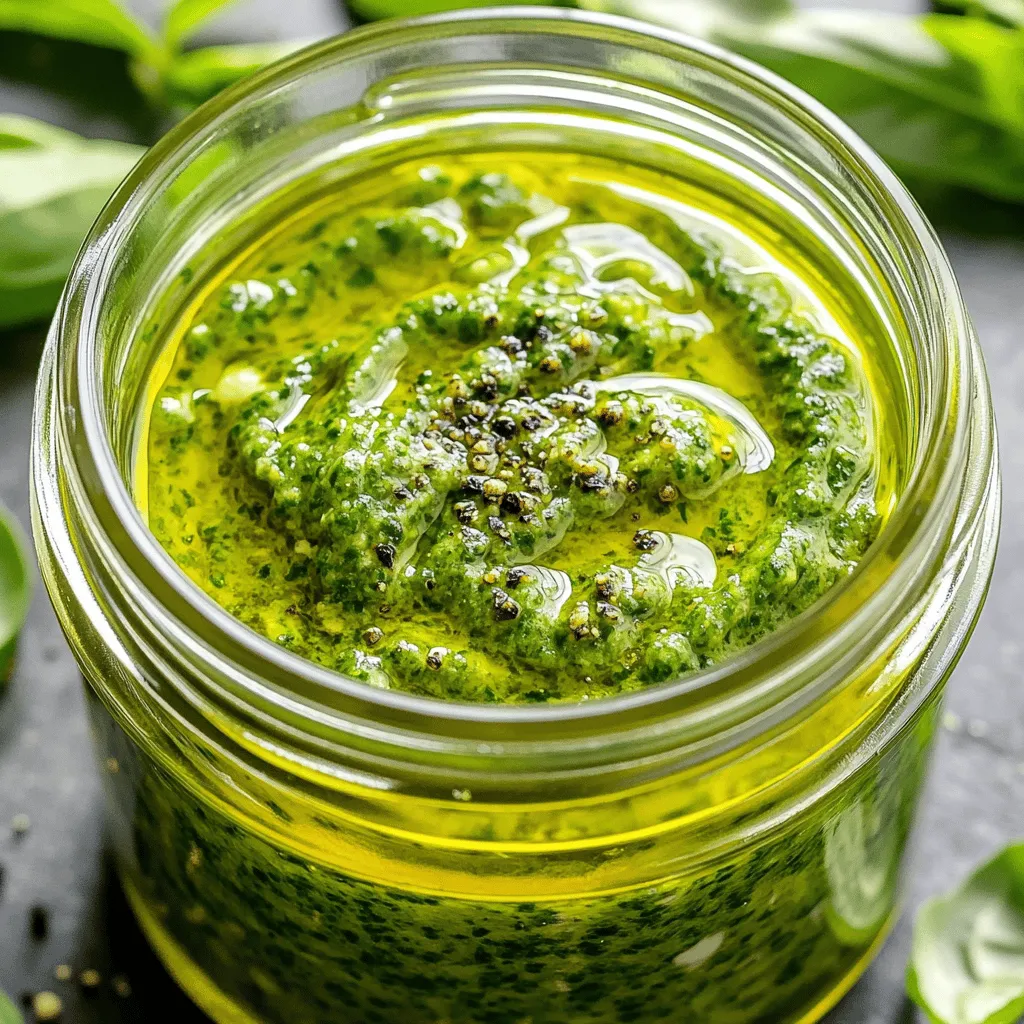
Variations
Different Cheese Options
You can switch up the cheese in your pesto. Pecorino cheese gives a bold flavor. If you want something milder, try Parmesan cheese. You can even use a vegan cheese for a dairy-free version. Each cheese brings something unique to the table.
Herb Variations
While basil is a classic choice, you can get creative with herbs. Try using parsley for a fresh taste. Cilantro adds a bright and zesty kick. You can mix herbs too, like basil and mint. This will change the flavor but keep it tasty.
Adding Spice for Extra Flavor
If you like heat, add red pepper flakes to your pesto. Start with a pinch and taste it. You can also try adding black pepper for warmth. For a smoky flavor, mix in some smoked paprika. These little changes can elevate your dish.
Experiment with these variations to find your perfect pesto!
Storage Info
Best Practices for Storing Pesto
To keep your nut-free pesto fresh, use an airtight container. After you make it, press plastic wrap directly onto the pesto’s surface. This helps keep it from turning brown. Store it in the fridge for up to one week. Always use a clean spoon when scooping out pesto. This prevents bacteria from getting in and spoiling it.
Freezing Pesto for Long-Term Use
Freezing pesto is simple and great for long-term storage. Pour the pesto into ice cube trays. Each cube will hold a perfect serving. Once frozen, transfer the cubes to a freezer bag. Make sure to label the bag with the date. You can freeze pesto for up to six months. When you’re ready to use it, just thaw a cube in the fridge or at room temperature.
Shelf Life and Usage Tips
Pesto lasts about a week in the fridge. If you see any discoloration or mold, toss it out. When using frozen pesto, add it to warm pasta or dishes straight from the freezer. This helps it melt quickly and mix in well. Always taste and adjust the seasoning if needed after thawing. Enjoy your vibrant nut-free pesto in many dishes!
FAQs
Can I use other greens instead of basil?
Yes, you can use many greens instead of basil. Spinach, arugula, or kale work well too. These greens give a fresh taste. They also bring their unique flavors. Feel free to mix and match! Try using a blend for a fun twist. Each green will change the taste a bit, keeping it interesting.
Is nutritional yeast necessary for flavor?
Nutritional yeast adds a cheesy flavor. It also gives a nice umami kick. While it is not essential, I recommend using it for the best taste. If you cannot find it, you can use more cheese. Another option is to add a bit of miso paste. This will still give you a rich flavor.
How can I serve pesto besides pasta?
Pesto is super versatile! You can spread it on sandwiches or wraps for a tasty twist. Try mixing it into soups or using it as a dip with veggies. Drizzle it over grilled chicken or fish for added flavor. You can even stir it into scrambled eggs for a gourmet breakfast! The options are endless.
In this post, we explored how to make pesto. We covered key ingredients, tasty alternatives, and the nutritional facts. The step-by-step instructions guided you through blending and serving. I shared tips for the best texture, flavor boosts without nuts, and common mistakes. We also discussed various cheese and herb options, as well as spice additions. Finally, I explained proper storage and answered common questions. With this knowledge, you can make delicious pesto anytime. Enjoy your cooking and experimenting with different flavors!
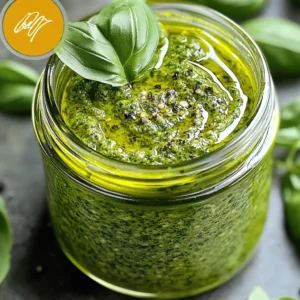

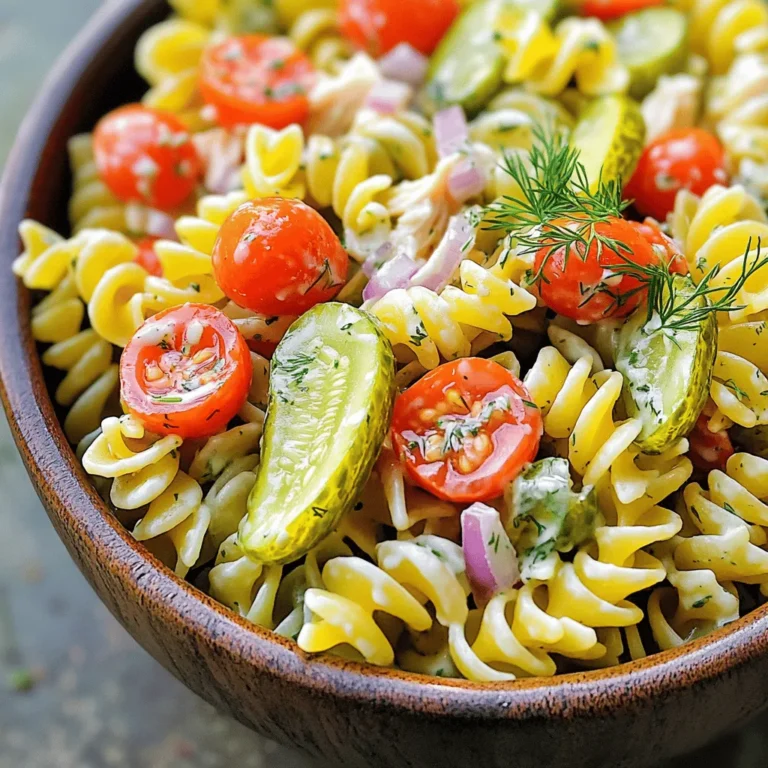
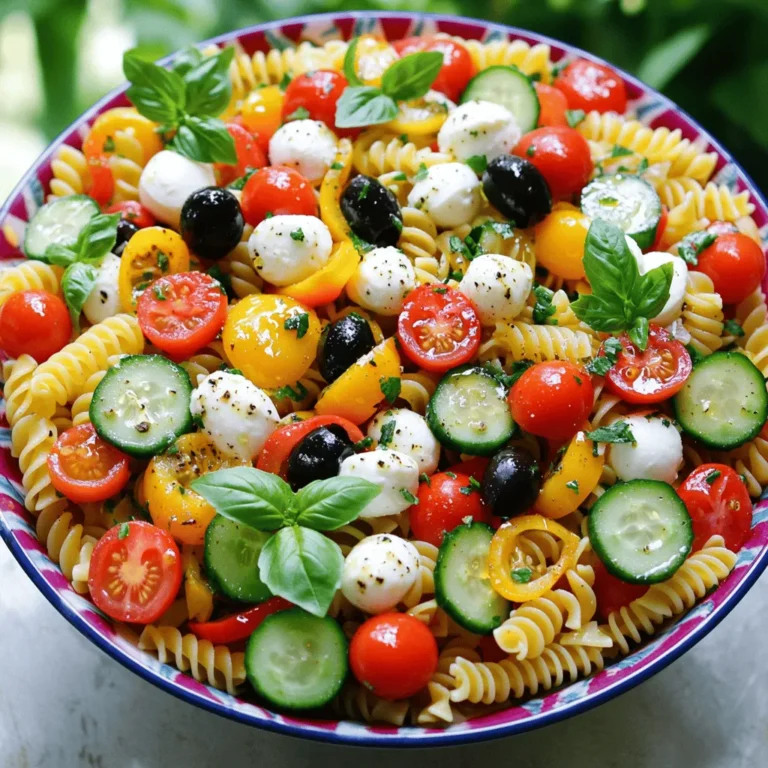
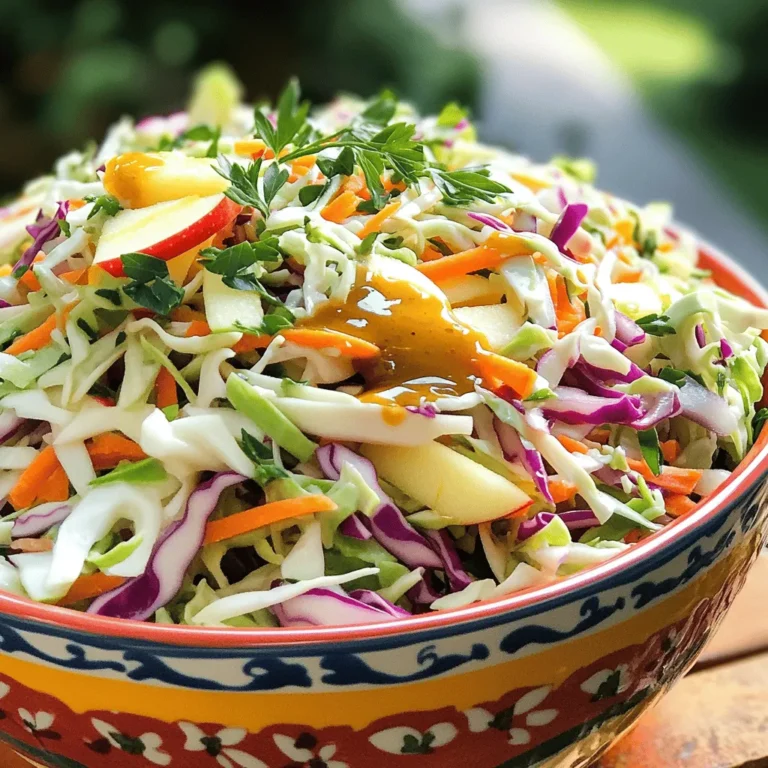
![- 2 ripe mangoes - 1 large cucumber - 1 red bell pepper - 1/4 red onion - 1/4 cup fresh cilantro - 1 jalapeño - Honey or agave syrup - Fresh lime juice - Salt and pepper to taste When I make this salad, I start by gathering all the main ingredients. Ripe mangoes add sweetness and color. The cucumber gives a nice crunch. A red bell pepper brings brightness. I chop the red onion finely for a hint of sharpness. Fresh cilantro adds a burst of flavor. If you like heat, you can add a jalapeño. Just remember to remove the seeds. For sweetness, honey or agave syrup works well too. For the dressing, I use fresh lime juice. It brightens the salad and adds tang. I season it with salt and pepper. This combination makes the salad taste fresh and lively. The full recipe is easy to follow and takes just 15 minutes to prep. Enjoy making this delightful dish! First, you'll need to prep your fruits and veggies. Start with these steps: - Dice 2 ripe mangoes into bite-sized pieces. Make sure they are sweet and juicy. - Chop 1 large cucumber into small cubes. This adds a nice crunch. - Cut 1 red bell pepper into small pieces for color and taste. - Finely chop 1/4 red onion for a hint of sharpness. - If you like some heat, mince 1 jalapeño and set it aside. - Finally, chop 1/4 cup fresh cilantro for a burst of freshness. Now, it's time to combine everything. Follow these steps: - In a large mixing bowl, add the diced mangoes, cucumber, red bell pepper, and red onion. Give them a gentle stir to mix. - Next, fold in the chopped cilantro and minced jalapeño. Adjust the jalapeño based on how spicy you want your salad. - In a separate bowl, whisk together 2 tablespoons fresh lime juice and 1 tablespoon honey (or agave syrup) until smooth. - Drizzle the dressing over the salad mix in the large bowl. - Using a spatula or wooden spoon, toss everything together gently. You want all the ingredients to be coated in the dressing. To finish your salad, season it just right: - Sprinkle salt and pepper to taste over the salad. - Toss it again very gently to distribute the seasoning. - Let the salad rest for about 10 minutes before serving. This helps the flavors blend nicely. By following these steps, you create a Mango Cucumber Summer Salad that is not only refreshing but also full of vibrant flavors. For the complete details, refer to the Full Recipe. To make the best Mango Cucumber Summer Salad, choose ripe mangoes and fresh cucumbers. Look for mangoes that feel slightly soft when you gently press them. Their skin should have a rich color. A ripe cucumber should be firm and dark green, with no soft spots. For cilantro, pick bunches with bright green leaves. Avoid any that look wilted or yellowed. Fresh cilantro adds a burst of flavor to your salad. To boost the taste, let your salad marinate. Mix the diced fruits and veggies and let them sit for about 10 minutes. This helps the flavors blend well. Before serving, chill the salad in the fridge for about an hour. This makes it extra refreshing on warm days. How you serve your salad matters. Use a large, colorful bowl to show off those vibrant ingredients. For a fun touch, garnish with lime wedges and more cilantro on top. This adds color and makes your dish even more inviting. Enjoy your beautiful salad! For the complete recipe, check out the [Full Recipe]. {{image_4}} To make your Mango Cucumber Summer Salad even more fun, try these variations. You can add grilled chicken or shrimp for a protein boost. These options taste great with the fresh flavors. If you want a vegetarian choice, substitute tofu. Tofu soaks up the dressing well and adds a nice texture. Adding grains can change the salad's texture. Consider mixing in quinoa or couscous. Both grains work well and make the salad heartier. You can also explore using brown rice as a base. It adds a nutty flavor that pairs nicely with mango. Mix in other seasonal fruits or vegetables for variety. Try diced avocado or cherry tomatoes for added color. Experimenting with different herbs can also bring new flavors. Fresh mint or basil can add a refreshing twist. Nuts like almonds or walnuts add a nice crunch too. For a complete experience, check out the [Full Recipe]. To keep your Mango Cucumber Summer Salad fresh, store leftovers in airtight containers. This will lock in flavor and keep the salad crisp. Use the salad within three days for the best taste. If you wait too long, the ingredients may become soggy. You can prepare the ingredients ahead of time. Chop the mangoes, cucumber, red bell pepper, and red onion. Keep each ingredient separate in the fridge. When it's time to eat, simply mix them together. Assemble the salad just before serving for the freshest taste. This salad does not freeze well. Freezing can change the texture of the mango and cucumber. If you want to preserve the ingredients, consider freezing them separately. Use them in smoothies or soups instead. Always make sure to pack produce in freezer-safe bags or containers. You can use several fruits instead of mango. Pineapple adds a sweet, tangy flavor. Peaches bring a juicy touch. Papaya offers a mild sweetness. When you pick a fruit, think about how it will blend with cucumber and lime. You want a balance of sweetness and freshness. Typically, this salad lasts about two days. After that, the vegetables may get soggy. Look for signs of spoilage like a change in color or smell. If it smells off, it’s best to toss it out. Yes! To make it vegan, swap honey for agave syrup. You can also add more veggies like avocado or even black beans for extra nutrition. This way, you keep the flavor while making it plant-based. This mango salad blends fresh ingredients with simple steps. You start by preparing ripe fruits and vegetables. Mixing them with fresh lime juice brings out their flavor. Optional proteins and grains add variety. Store leftovers properly to enjoy later. Try different herbs or spices for unique tastes. This recipe is versatile and easy to adapt. Enjoy your colorful, healthy dish!](https://fastmealmate.com/wp-content/uploads/2025/07/d214d25a-b677-4b49-bd4c-02fe8092c0e1-768x768.webp)

